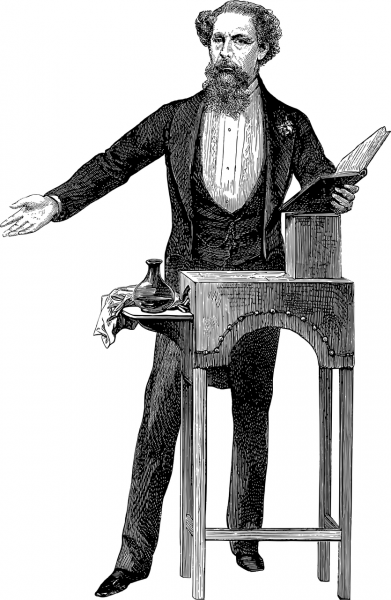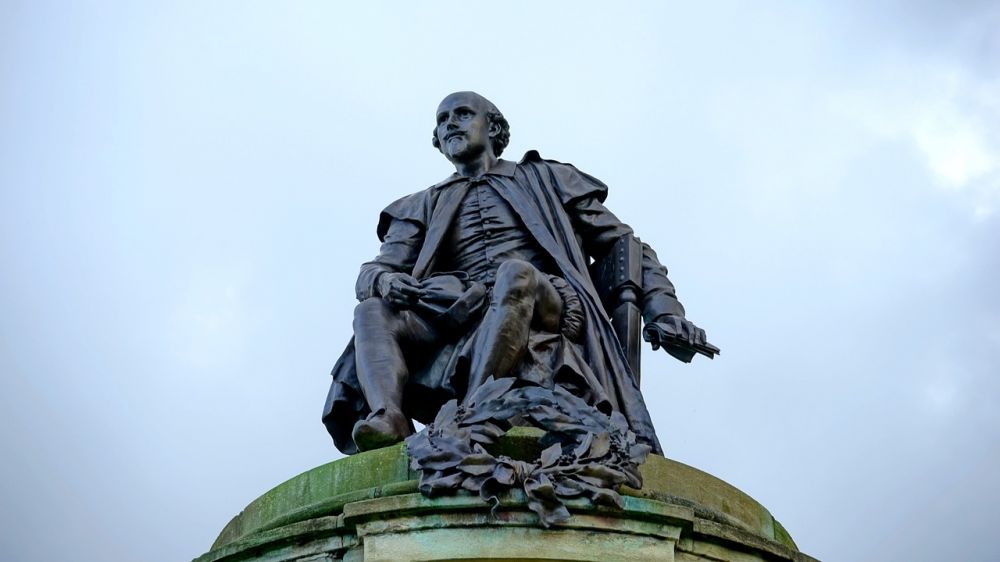Jane Austen film: A Journey through Time and Love

Introduction:
Jane Austen, an English novelist of the 19th century, has captured the hearts of readers and now cinephiles with her timeless stories of love, society, and self-discovery. From classic novels like Pride and Prejudice to Emma, her works continue to inspire filmmakers to bring her captivating characters and captivating plots to life on the big screen. In this article, we will explore the world of Jane Austen film adaptations, providing an in-depth analysis of their significance and evolution over time.
I. Evolution of Jane Austen Films:

1. Early adaptations:
– The first recorded adaptation of Jane Austen’s work was a silent film, “Pride and Prejudice” in 1911, directed by George Nichols.
– These early adaptations were often low-budget and lacked the attention to detail that Austen’s novels demanded.
– Despite their limitations, these films laid the foundation for future adaptations to come.
2. 1990s resurgence:
– The 1990s witnessed a resurgence of interest in Austen’s novels, which led to a new wave of film adaptations.
– The BBC miniseries format enabled filmmakers to delve deeper into the novels and capture the essence of Austen’s characters and settings.
– Notable adaptations from this period include the BBC Pride and Prejudice (1995) series, starring Colin Firth as Mr. Darcy, which became an instant classic.
3. Contemporary adaptations:
– Jane Austen adaptations in recent years have taken a more modern and diverse approach.
– Filmmakers have explored themes of social class, gender roles, and feminism to make Jane Austen’s narratives resonate with modern audiences.
– Notable examples include “Becoming Jane” (2007), a fictionalized account of Austen’s own life, and “Love & Friendship” (2016), based on Austen’s early novella “Lady Susan.”
II. Key Elements of Jane Austen Films:
1. Capturing the Regency era:
– One of the defining features of Jane Austen films is their ability to transport audiences to the Regency era.
– Filmmakers pay meticulous attention to set design, costume, and language to recreate the elegance and social customs of the time.
–
An excerpt from “Sense and Sensibility” showcasing the attention to detail in capturing the Regency era.
2. Complex characters and relationships:
– Jane Austen’s novels are known for their richly developed characters and intricate relationships.
– Filmmakers must carefully cast actors who can bring these characters to life and convey their depth and complexity.
– Key relationships, such as Elizabeth Bennet and Mr. Darcy in “Pride and Prejudice,” are central to the success of the adaptation.
3. Dialogue and wit:
– Austen’s novels are renowned for their witty and intelligent dialogue.
– Jane Austen film adaptations strive to capture the essence of her writing by incorporating her iconic lines and memorable exchanges.
– The script and performances must embody Austen’s sharp wit and social commentary.
III. Impact and Legacy:
1. Cultural significance:
– Jane Austen film adaptations have played a crucial role in popularizing and introducing her works to new audiences.
– They have made Austen a household name and created a renewed interest in her novels and their timeless themes.
– Austen’s influence on romance and period dramas in film and television cannot be understated.
2. Popularity and fan base:
– Jane Austen adaptations have garnered a passionate fan base worldwide.
– Fans eagerly anticipate new adaptations and engage in discussions and analysis of the characters, themes, and performances.
– Film festivals and Austen-themed events celebrate the enduring legacy of her work.
Conclusion:
Jane Austen’s novels continue to captivate audiences, and film adaptations bring her stories to life in mesmerizing ways. From the early adaptations to contemporary takes, these films have evolved to capture the essence of Austen’s timeless narratives. Through meticulous attention to detail, complex characters, and witty dialogue, filmmakers have created a lasting legacy for Jane Austen on the silver screen. So, grab a cup of tea, immerse yourself in the world of Jane Austen films, and let the romance and enchantment unfold before your eyes.
FAQ
How have Jane Austen film adaptations evolved over time?
What are some key elements of Jane Austen films?
What was the first Jane Austen film adaptation?
Flere Nyheder
Kunstudstilling i København – Udstil dine mesterværker
Introduction: Jane Austen, an English novelist of the 19th century, has captured the hearts of readers and now cinephiles with her timeless stories of love, society, and self-discovery. From classic novels like Pride and Prejudice to Emma, her works ...
03 maj 2025
Personliggør dit hjem med billedrammer
Introduction: Jane Austen, an English novelist of the 19th century, has captured the hearts of readers and now cinephiles with her timeless stories of love, society, and self-discovery. From classic novels like Pride and Prejudice to Emma, her works ...
06 juni 2024











